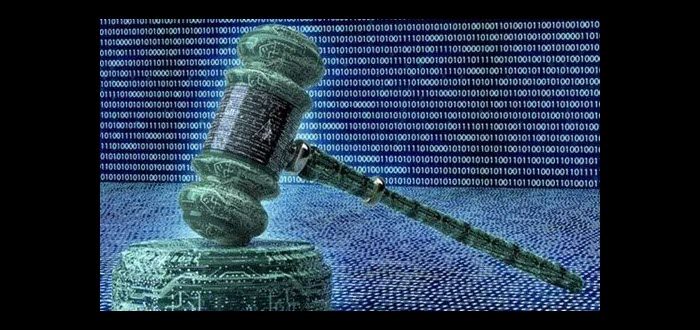At the core of Digital Sovereignty are the attempts to let the end users keep authority over their personal data. That is what the European Union says. Digital Sovereignty can be roughly defined as follows:
Digital sovereignty is the question of owning the personal data of users, collected by different company websites on the Internet with or without the consent of the users.

Ideal Data Sovereignty
According to digital sovereignty activists, the personal data of users should be collected with their consent only or at least the users should be informed of what all data is being collected. They further state that the personal data of a user should be stored in a data center that is present in the country where the user is residing or using the Internet. This is not practical however as it is the age of cloud computing and almost all major websites or companies have their datacenters spread over a range of countries with varying laws about IT and cloud.
Digital Sovereignty meaning & examples
In the case of the European Union, the General Data Protection Regulation (GDPR) was enforced recently so that the users know what all data is a company website collects when they visit it. Thus, Internet users from the European Union (EU) know what data is being collected during their visit to a particular website. The European Union further demands that the data of these users (Internet users based in European Union) should not leave the EU in any form. They also stress data encryption so that the end user data is safe.
For example, consider a website name that has the top-level domain (TLD) as .com. Now, ICANN has the power over this TLD (.com in this example). So, someone registering a website from EU will have to provide his or her details to the ICANN that is situated in the United States. Thus, the data will leave the EU even though the union is against such acts. In this case, digital sovereignty lies with ICANN instead of the users. While that cannot be challenged, at least keep the data safe using encryption, is what the activists say.
Another example could be Amazon. Everybody knows it is a huge retail giant providing items from anywhere in the world to anywhere. For ease of usage, it employs different TLDs. Amazon.com would cater to US people, so the digital sovereignty campaigners would expect that data regarding buyers and suppliers is stored in US-based datacenters only. Likewise, if someone uses amazon.co.uk, the data should not leave the United Kingdom. How practical could its implementation be, given that a person from the US can also access the UK website of Amazon?
Digital Sovereignty and GAFA
GAFA is an acronym for top four online companies – Google, Amazon, Facebook, and Apple. One might wonder why it doesn’t contain Microsoft. The answer is because Microsoft was not in much manipulating position when the acronym was formed. That’s another story, however.
Right now, it is clear that GAFA owns the data on the Internet. By GAFA, I don’t restrict the number to just four companies. GAFA, in a broader sense, would relate to all multinational companies on the Internet that engage in end-user data collection.
There are two sides of data collection and usage. One is commercial and is not much debated as everyone knows it happens. They (users) trade in their personal data for something FREE and to receive better services. The other is political where governments of different countries lay claim to the data sovereignty. People don’t like governments snooping on them, especially after the Cambridge Analytica fiasco. Now people are aware that they can be conditioned into certain thought patterns just by using the data that different networks like Facebook provide, which is why the issue of data sovereignty has become a mass movement that needs to be addressed urgently.
Solution to the Data Sovereignty Issue
There are two sides to the activism related to digital sovereignty — as with any war. While one side advocates keeping data on the datacenters in the same country as the user, the other wants sovereignty over all company data centers so that the government or corporation can access data whenever required. This creates tension as each country has its own rules and regulations when it comes to cloud computing.
The best solution for this is to reach a common ground and formulate a powerful yet similar set of rules that apply to all the datacenters – irrespective of the country where they operate. These rules will dictate who owns data and in what form. The encryption type should be similar across countries, so that same level of protection applies to all datacenters. The same rules can tell who can access what data and how can data be accessed.
There is not much that the end users can do if they are to continue using the Internet. But there should be a solution in place that defines different things about data sovereignty even as the data is scattered among different countries, all the while, providing security to the data.
Leave a Reply